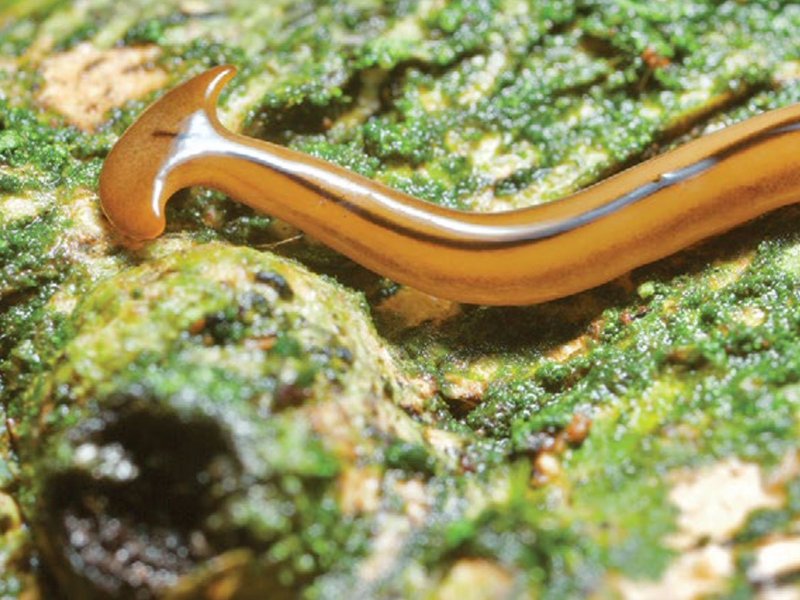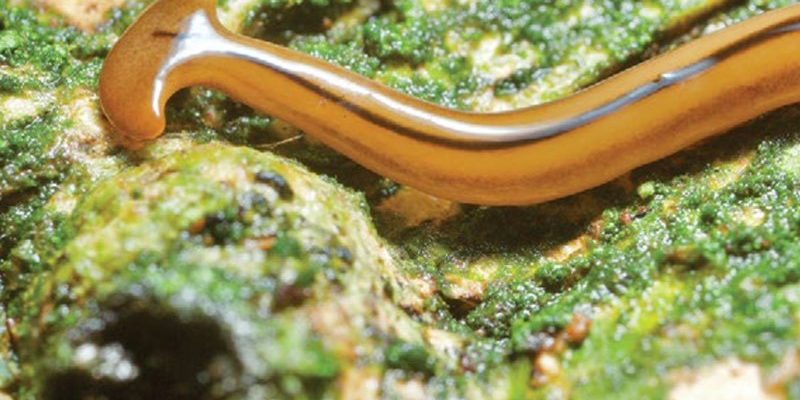
When you dive into the world of flatworms, you’ll discover a whole lot about their living habits and how they fit into the food chain. For instance, did you know that some flatworms are actually predatory themselves? They can hunt and eat smaller invertebrates, but they also have their fair share of predators. And it’s not just hungry animals that threaten them—human activities and climate changes loom large as well. So, let’s unpack the challenges flatworms face and why it matters for the ecosystems they inhabit.
Predators of Flatworms
Flatworms aren’t at the top of the food chain; they have their share of enemies. Various animals will happily munch on these soft-bodied creatures. Here’s a look at some of the main predators that threaten flatworm populations.
Fish and Crustaceans
Many species of fish find flatworms to be a tasty treat. For example, some tropical fish are known to actively hunt down flatworms in coral reefs. The trick for fish is that flatworms often don’t have any hard shells or defenses, making them easy targets.
Crustaceans, like crabs and shrimp, also contribute to the flatworm’s woes. These creatures forage in the sand and mud, picking out whatever they can find to fill their bellies. The flatworms’ natural habitats often overlap with areas where these predators thrive, putting them in constant danger.
Birds and Amphibians
When flatworms venture near the surface of ponds or swamps, they can easily fall victim to birds, such as ducks and wading birds. These opportunistic feeders are quick to snatch up any flatworm that comes within reach.
Additionally, certain amphibians, like frogs, will also consume flatworms as part of their diet. This creates a double challenge for flatworms—they’re not just competing with fish and crustaceans but also with the birds above and the amphibians lurking nearby.
Other Invertebrates
Let’s not forget about other invertebrates! Some larger flatworms are themselves predators, and they can sometimes feast on smaller flatworms. This can dilute the population and affect biodiversity within a specific habitat.
Additionally, nematodes and leeches can also pose a threat. While they might not seem like obvious predators, their presence can lead to increased competition for food resources, which indirectly affects flatworm survival. When you’re at the bottom of the food chain, every little bit counts.
Environmental Threats to Flatworm Populations
While predators play a significant role in flatworm populations, environmental threats should not be overlooked. Humans and nature are constantly shaping ecosystems, and sometimes these changes can be quite devastating for flatworms.
Pollution
One of the biggest threats to flatworms is pollution. Water pollution from agricultural runoff, plastic waste, and industrial discharges can severely impact their habitats. Flatworms are sensitive to changes in water quality; chemicals and toxins can affect their development, reproduction, and ultimately their survival. When pollutants enter water systems, they can accumulate in flatworm bodies, making them less healthy and decreasing their populations.
Climate Change
Climate change is another major player. As temperatures rise, habitats like freshwater ponds can dry up or change dramatically, affecting flatworm populations. These changes can alter ecosystems and disrupt the food chain. Flatworms are highly dependent on specific environmental conditions, so shifts in temperature or water levels can lead to decreased numbers.
Additionally, ocean acidification—a result of climate change—can impact marine flatworms, making their survival even harder. This is a prime example of how interconnected our ecosystems are; a problem in one area can send ripples throughout an entire system.
Habitat Destruction
Habitat destruction is an ever-present threat. Urbanization, agriculture, and infrastructure development can lead to the loss of wetlands and other essential ecosystems where flatworms thrive. When their homes are destroyed, flatworm populations can dwindle. This isn’t just bad news for flatworms; it also affects other species that rely on the same habitats.
Let’s say you’re in a lush wetland full of life; if that area is drained or developed, not only do flatworms lose their homes, but so do many other creatures. The rich biodiversity that once flourished is reduced, leading to long-term ecosystem consequences.
The Role of Flatworms in Ecosystems
You might be curious why flatworms matter so much. What’s the big deal about these squishy little creatures? Well, their presence is crucial for ecosystems.
Indicators of Ecosystem Health
Flatworms can serve as indicators of environmental health. Their populations can reflect the overall condition of their habitats. If flatworms are thriving, it often means the environment is healthy. Conversely, declines in their populations can signal serious problems. This gives scientists clues about the ecological balance in given areas, making them valuable in monitoring environmental changes.
Food Source for Other Species
Flatworms are an essential food source for many animals, as we’ve discussed. They help support a variety of wildlife, creating a network of life that supports everything from fish to birds. If flatworm populations decrease, it could lead to food shortages for their predators, throwing ecosystems out of balance.
Moreover, as part of the food web, they help maintain the health of the environment by recycling nutrients. Flatworms feed on decaying organic matter, breaking it down and making nutrients available for plants and other organisms. It’s a cycle that keeps ecosystems functioning smoothly.
Research and Medical Potential
Believe it or not, flatworms have research value too! They have unique regenerative abilities, which scientists study for insights into healing and regeneration in more complex organisms, including humans. Understanding how flatworms regenerate their tissues can one day lead to advances in medical science, offering potential benefits for health care and regenerative medicine.
Conservation Efforts
So, what can be done to protect flatworm populations? Conservation efforts are crucial to ensuring these creatures continue to thrive in their habitats.
Protecting Habitats
One of the most effective ways to support flatworm populations is by preserving their habitats. This involves creating protected areas, restoring wetlands, and minimizing human impact on natural environments.
Engaging in community clean-up initiatives can also help reduce pollution in local waterways, allowing flatworms and countless other organisms to thrive. Simple actions—like reducing plastic use and properly disposing of waste—can help protect these vital ecosystems.
Education and Awareness
Education plays a significant role, too. Raising awareness about the importance of flatworms and their ecosystems can inspire people to take action. School programs, community workshops, and social media campaigns can help highlight their role and the threats they face. The more people know, the more likely they are to care.
Research and Monitoring
Ongoing research and monitoring of flatworm populations is crucial. Scientists can track changes and threats to identify conservation needs. With continued investment in ecological research, we can develop strategies to safeguard these animals for future generations.
Flatworms might be small and often overlooked, but they play a significant role in our ecosystems. From serving as food for various animals to indicating the health of their environments, these resilient creatures face numerous challenges, from predators to pollution and climate change. Protecting flatworms requires a community effort—preserving their habitats, raising awareness, and supporting ongoing research.
By understanding the threats to flatworm populations, we can take action to ensure they continue to thrive, contributing to the balance and health of our ecosystems. It’s about more than just flatworms; it’s about safeguarding the delicate web of life that sustains us all.

